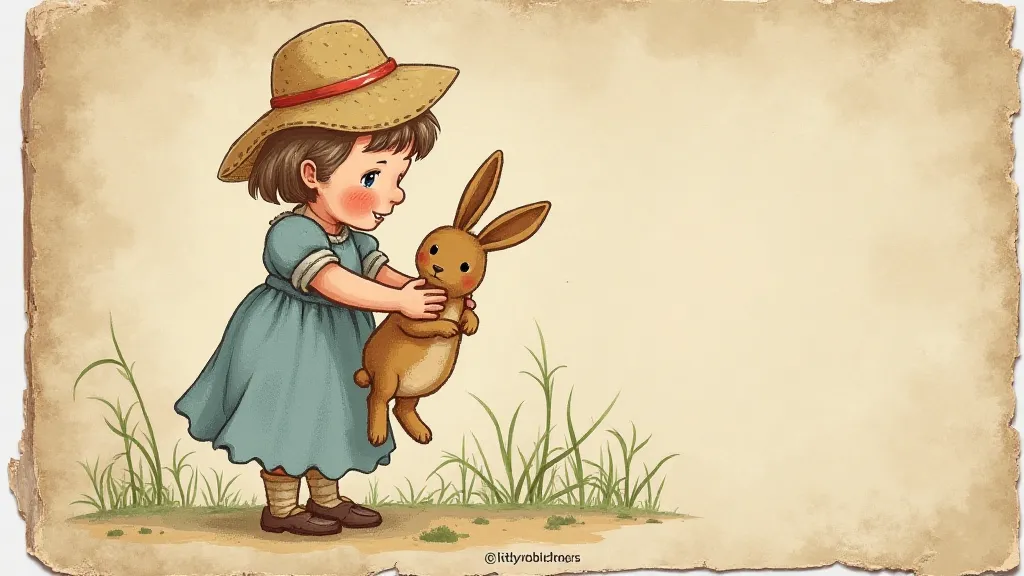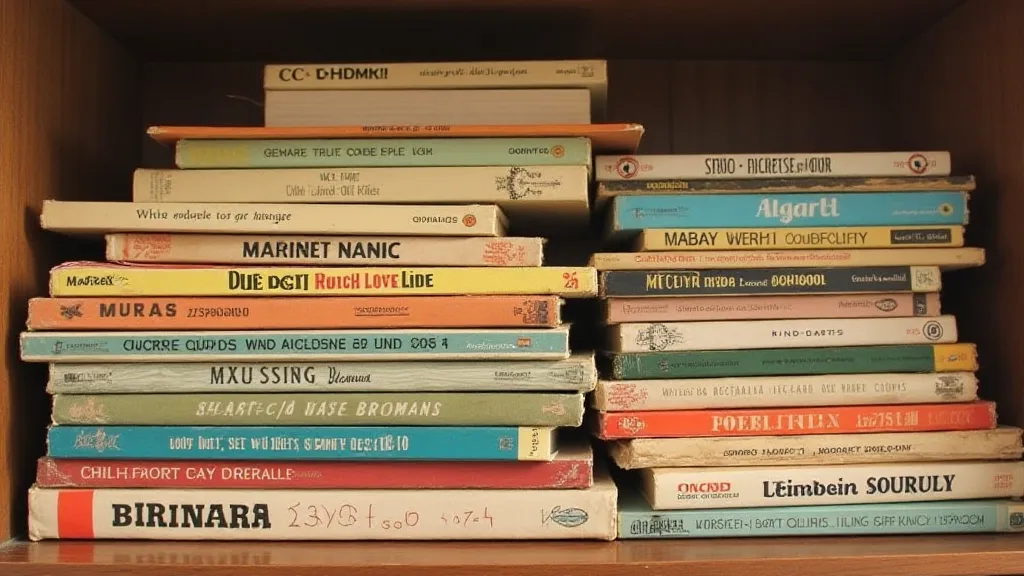‘The Velveteen Rabbit’s Predecessor: Exploring Margaret Wise Brown’s Early Works
Margaret Wise Brown, a name synonymous with beloved classics like The Velveteen Rabbit, carved a significant place in children’s literature, but her journey wasn’t solely defined by that singular triumph. Before solidifying her reputation, Brown diligently honed her craft, producing a series of lesser-known works that offer fascinating insight into her developing style and foreshadow the gentle, comforting narratives she would later become known for. This article delves into these early titles, illuminating their contribution to her enduring legacy and offering a fresh appreciation for the breadth of her artistry.

While The Velveteen Rabbit (1922) rightly receives most of the attention, Brown’s career began earlier. Her first published book, When the Sleepy-time Stories Come (1921), presents a collection of short poems and verses designed for bedtime reading. It lacks the depth and complexity that would later characterize her stories, but it reveals a nascent ability to evoke a sense of tranquility and wonder. The language is simple, rhythmically pleasing, and aimed at the youngest of listeners. Studying this work allows us to see the building blocks of Brown’s signature style – a focus on sensory detail and a soothing, almost hypnotic cadence.
Following When the Sleepy-time Stories Come, Brown continued to produce a stream of early readers and picture books, often collaborating with various illustrators. Titles like Little Farmyard Friends (1923) and The Monster Book (1924) demonstrate a willingness to experiment with different themes and narrative structures. While these books might not possess the emotional resonance of The Velveteen Rabbit, they’ showcase her developing understanding of what appeals to young children. Notably, her early work frequently emphasizes the importance of friendship, kindness, and embracing imagination – themes that would consistently reappear throughout her career.

What’s particularly intriguing about examining Brown's early work is witnessing how she gradually refines her storytelling techniques. Her early narratives often feature a more didactic tone, directly imparting moral lessons to the reader. As her career progressed, she began to move away from this approach, instead opting for more subtle and nuanced storytelling that allows children to draw their own conclusions. This shift is evident in the evolving complexity of her characters and the more sophisticated exploration of emotions.
Furthermore, her early collaboration with illustrators provides a window into the creative process behind her books. The visual element played a critical role in shaping the overall experience, and Brown carefully selected artists whose style complemented her storytelling. Although some of these early collaborations are less visually striking than later works, they provide valuable context for understanding the evolution of her aesthetic choices.

While The Velveteen Rabbit solidified Margaret Wise Brown’s place in literary history, overlooking her earlier works diminishes our appreciation for the totality of her talent. By examining these less-known titles, we gain a deeper understanding of her creative development, her commitment to crafting engaging stories for young readers, and the enduring power of her gentle and comforting narratives. These early works are not mere precursors to her masterpiece; they are valuable pieces of the puzzle, contributing to the rich and multifaceted legacy of a true children’s literature icon.





